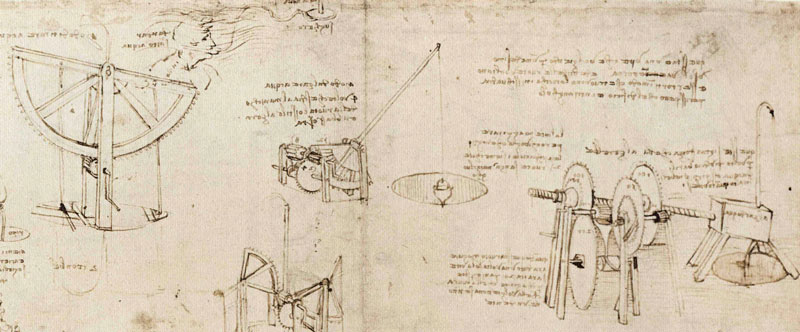The Engineering Notebook
Alexander Graham Bell's notebook entry from a successful experiment with his first telephone

An Engineering Notebook Documents your Work
Not only do you use an engineering notebook to organize and document your work, it is also a place to reflect on activities and projects. When working in a team, each team member will maintain their own journal to help with collaboration.
Your engineering notebook should have the following:
- An entry for each day or session that you worked on the solution
- Entries that are chronological, with each entry dated
- Clear, neat, and concise writing and organization
- Labels so that a reader understands all of your notes and how they fit into your iterative design process
An entry might include:
- Brainstorming ideas
- Sketches or pictures of prototypes
- Pseudocode and flowcharts for planning
- Any worked calculations or algorithms used
- Answers to guiding questions
- Notes about observations and/or conducted tests
- Notes about and reflections on your different iterations
Above borrowed from Pitsco.com.




Pages from Leonardo Da Vinci's sketchbook of notes. Engineers have been able to recreate some of his work in period materials based on the quality of his notes.

FIRST Engineering Notebook Guidelines
Under FIRST rules and guidelines, each team is charged with producing an Engineering Notebook that is judged as part of the competition. It will catalog the thought processes, calculations, experiments, successes, failures and future design considerations. For our program, each task based team should produce an Engineer's Notebook. If you want, you can compare it to the Interactive NoteBook you use in your Math class. While ours won't be judged, it is a good process to get used to doing and can eliminate duplication of effort.
No comments:
Post a Comment